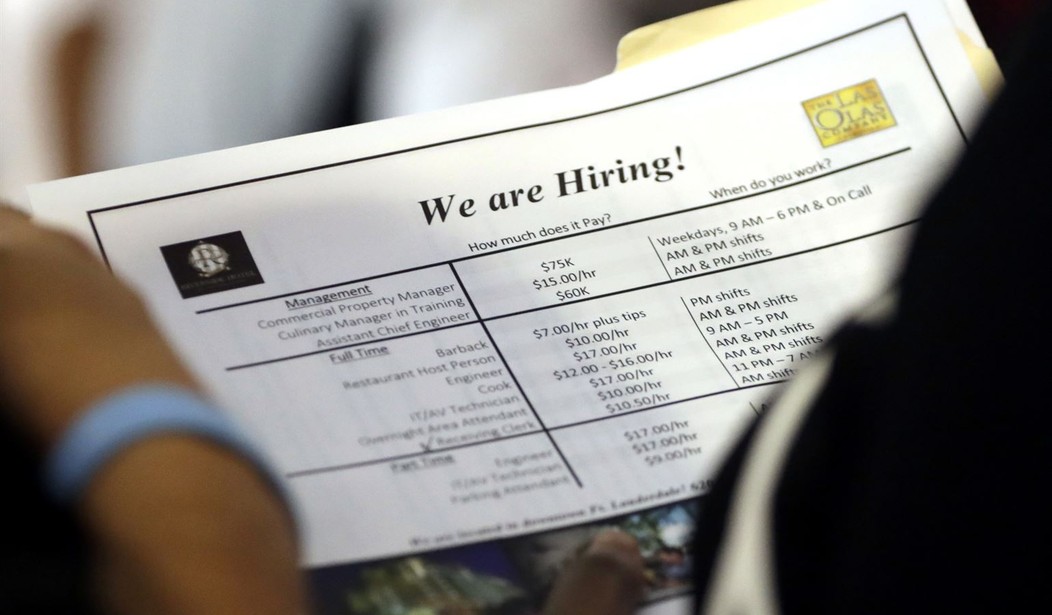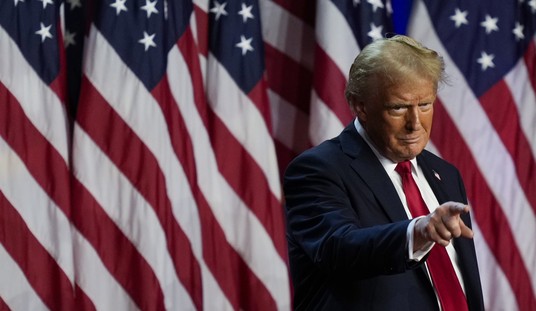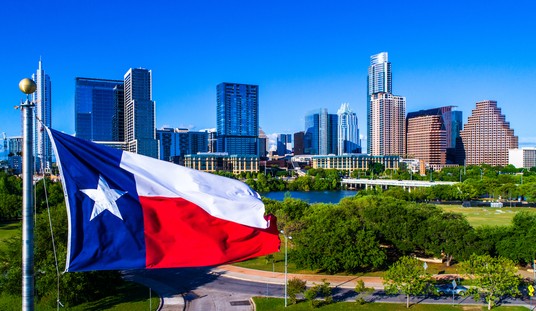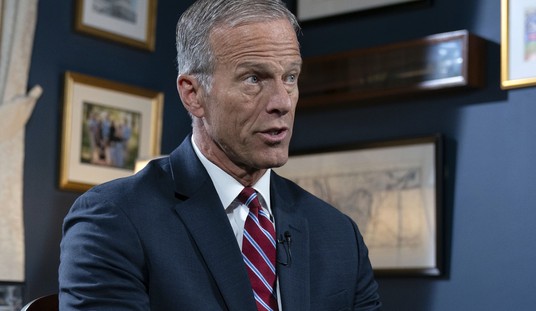The top-line numbers seem to tell it all. When it comes to American employment, a rising tide lifts all boats. The jobless rate in America reached a 50-year low in April 2019. And black unemployment, at 6.0%, is the lowest it has been since the Bureau of Labor Statistics began measuring it in 1972. But the story does not end there.
The fact is that black unemployment is still almost twice the national average; blacks are almost 86% more likely to be unemployed than Americans as a whole. This gap in employment has narrowed, however, since the depths of the Great Recession, when white unemployment hovered around 6.6% and black unemployment soared as high as 14%. The African American unemployment rate was more than twice the overall rate during the recession but has narrowed to 86% greater than the unemployment rate today. This suggests a roughly 15% relative gain for black Americans between 2012 and 2019.
While black unemployment is low by historical standards, it is still at or near what would be considered recession levels for other races. Any emphasis on improving the state of black labor in America should, therefore, focus not only on the bottom-line numbers but on the employment rate of African Americans relative to other groups.
In order to reduce black unemployment to more closely match the overall labor market, it would be useful to closely scrutinize the landscape of black employment in the United States. One feature of the black employment landscape is the 10 largest black-majority cities. These are cities, such as Baltimore, Atlanta and New Orleans that have majority-black governments and populations. Surprisingly, in those cities, the employment gap between blacks and whites are among the largest nationwide. In New Orleans and Atlanta, black unemployment rates are more than five times white unemployment rates. Why is this? Is there a leadership dynamic in these cities that provides political cover for such dismal black labor force representation?
Recommended
The other broad measure of the state of African American labor is the labor force participation rate. Despite the rising economy and so-called full employment, the labor force participation rate among all workers -- but particularly males -- continues to be stubbornly low. The labor force participation rate for African Americans between the ages of 25 and 54 -- prime working-age -- has not recovered to 2008 levels, and even those rates hover well below levels seen in 1999 and 2000. For African Americans, persistent low labor force rates make it even more difficult for them to overcome the employment gap, as their skills atrophy from persistent exclusion from the workplace. Even as the labor market seeks to absorb more workers, there are still barriers to entry for workers who don't have recent skills and experience.
Another significant headwind for African Americans has been the persistently high incarceration rates among blacks. It's not certain whether low employment and labor force participation cause increased incarceration rates or vice versa, but the two phenomena are certainly related. Blacks are incarcerated at over five times the rate of whites. Despite accounting for less than 14% of the overall population, blacks constitute more than 40% of all incarcerated persons in America. It goes without saying that having a criminal record complicates efforts by formerly incarcerated individuals to obtain post-release employment. Moreover, significant periods of incarceration reduce one's work experience and labor market skills. Policy initiatives around reducing incarceration periods for nonviolent offenses and implementing employment and vocation training programs for incarcerated persons should be a priority going forward.
The labor climate for African Americans, while better than it has been in the past, remains dangerously fragile. Blacks tend to occupy lower-skilled and semi-skilled trades and are hit the hardest when recessions occur. They are often the last to get hired and the first to get fired. Because of this cycle, it takes longer for blacks to fully recover from periods of prolonged cyclical unemployment.
Blacks workers, like all workers, will continue to benefit from economic policies that spur economic growth -- especially private sector growth. But blacks would particularly benefit from policies that protect low-skilled and semi-skilled labor, including reforms of the immigration and international trade regimes. Moreover, America's criminal justice and prison systems are in desperate need of reform. We cannot afford to have a system in which almost 2 million people remain idle and unproductive for extended periods of time. This only compounds the problem -- lack of opportunities -- that put them there in the first place.
























Join the conversation as a VIP Member